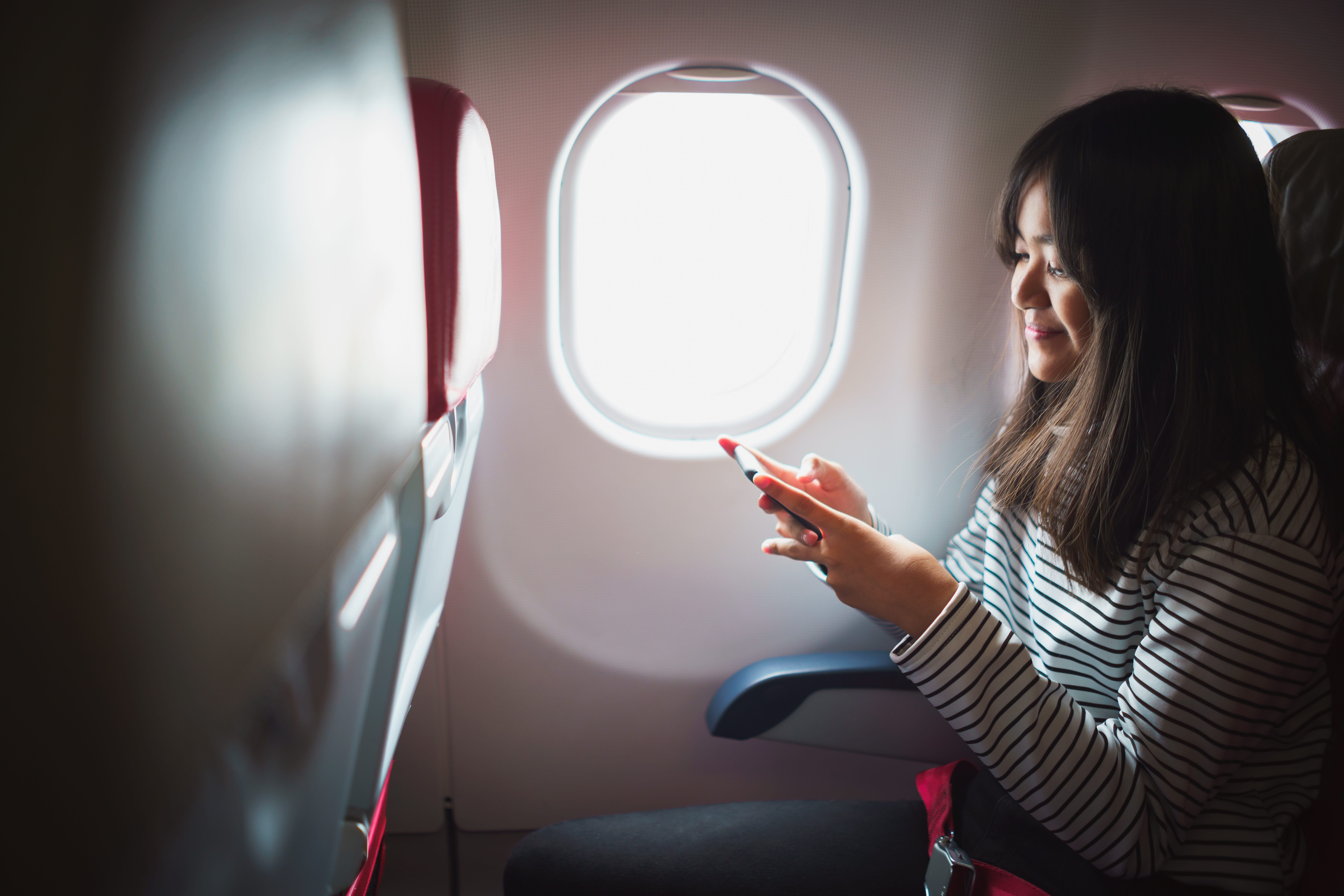In the age of modern air travel, passengers are accustomed to various safety protocols and procedures, including the use of flight modes on electronic devices. Understanding the significance of flight mode and its implications for air travel safety is essential for all passengers. Let’s delve into the intricacies of flight mode and its role in ensuring a smooth and uninterrupted flying experience.
What is Flight Mode?
Flight mode is a setting available on electronic devices such as smartphones, tablets, and laptops that disables all wireless communication interfaces while allowing other functions to remain active. When activated during a flight, it enables passengers to use their devices for offline activities such as watching movies or reading e-books without emitting signals that could potentially interfere with aircraft systems.
How Does Flight Mode Work?
Flight mode operates by cutting off all radio signals from the device, including cellular, Wi-Fi, Bluetooth, and NFC connections. By doing so, it eliminates the risk of signal interference with aircraft navigation and communication systems, ensuring a safe and uninterrupted flight experience for all passengers.
Importance of Flight Mode
While forgetting to activate flight mode may not immediately jeopardize flight safety, it can potentially cause interference with aircraft systems, leading to distractions for pilots and compromised communication. By activating flight mode, passengers contribute to maintaining a conducive environment for the safe maneuvering of the aircraft and clear reception of essential radio signals.
When to Use Flight Mode
The flight mode should be activated before take-off and maintained throughout the flight. This ensures that pilots can navigate the aircraft without disruption and receive critical communications without interference. Activation and deactivation of flight mode are straightforward processes, typically requiring a simple click on the airplane icon on the device.
Consequences of Flying Without Flight Mode
Flying without activating flight mode poses minimal immediate risk to flight safety, but it can result in potential disturbances for pilots and compromised communication systems. Noise similar to speaker feedback may occur, potentially distracting pilots and hindering their ability to accurately interpret radio signals necessary for safe flight operations.
In conclusion, while the consequences of forgetting to activate flight mode are not catastrophic, adhering to safety protocols is paramount in aviation. By understanding the significance of flight mode and adhering to its usage guidelines, passengers contribute to ensuring a safe and uninterrupted flying experience for all.

